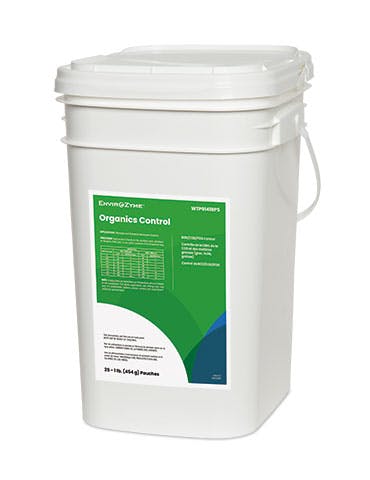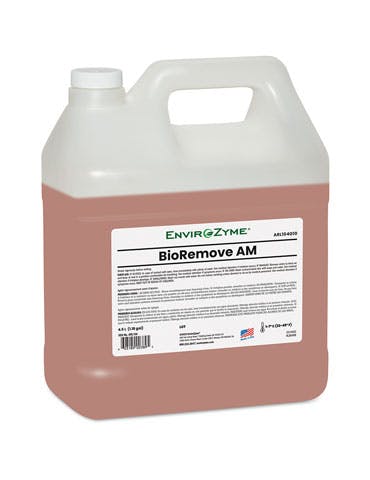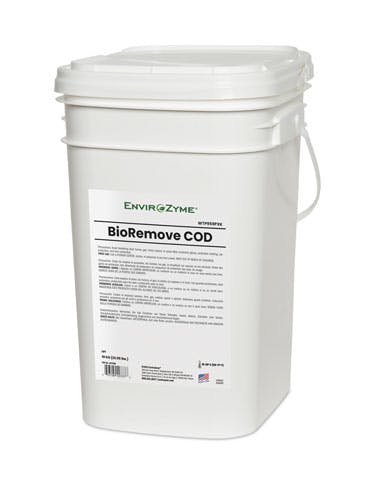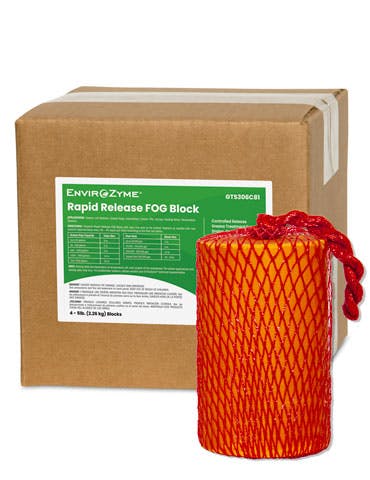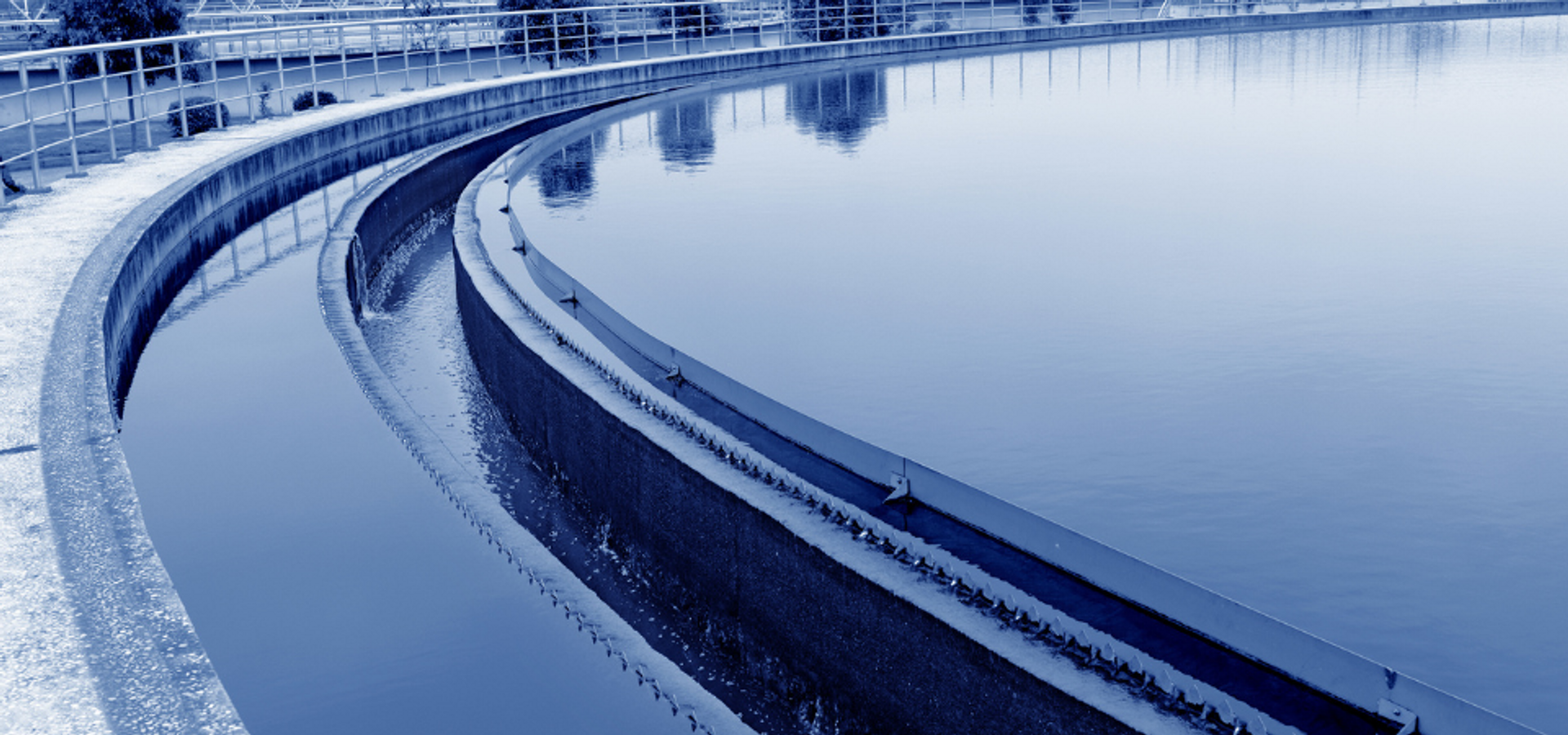
Water Pollution, Part 2: Household Wastewater Treatment
The Water Used in Our Homes
Our last blog post examined water pollution as a result of specialization in industry, specifically in the food industry. For many of the same reasons that food production is concentrated into large, specialized factories, people tend to congregate in large cities. When people live closely together, they enjoy benefits such as near proximity to jobs, food, healthcare, and entertainment.
Unfortunately, high population density areas are accompanied by high concentrations of water contaminants. Beyond elevated levels of industry in high population density areas, one very significant source of water pollution in urban—and to a somewhat lesser degree suburban—areas is our homes.
From kitchens to bathrooms to laundry rooms, we use water for many things in our homes. In almost all cases, we add suspended or dissolved solids to the water before sending it to the drain. Examples include soap and soils from our laundry washing machines, shampoo and soils from our shower, and soap and food from dishwashers. As can be seen from this water use pie chart, about 80% of the water we purchase is loaded to some degree with solids while we use it, and then it is sent down the drain. Because these solids can harm plants and animals, and because they eventually end up in our drinking water, they must be removed by wastewater treatment plants.

The Water Leaving Our Homes
For approximately 80% of Americans, wastewater is flushed through your home’s pipes until it reaches a local sewer main. Through a combination of gravity and the use of grinder-pumps and/or lift stations, wastewater flows into progressively larger pipes until it reaches a treatment plant.

Both treatment plants and sewer systems themselves are owned and operated by city and town sewer departments.
At the Wastewater Treatment Plant
Once at the wastewater treatment plant, wastewater goes through one or more stages of treatment, depending on the particular plant. At the beginning of the process, during pretreatment, large objects and sometimes grit are removed from the wastewater before it proceeds.

Primary Treatment
The first stage, primary treatment, consists of water sitting in tanks, also known as clarifiers, until solids settle out as sludge and sink to the bottom, and grease and oils rise to the top. Both the sludge and the grease and oils are collected and disposed of. Primary treatment removes up to 60% of solids but very few toxic chemicals.

Secondary Treatment
At most facilities in the U.S., wastewater will go on to secondary treatment. During secondary treatment, bacteria consume the remaining, smaller organic materials in aerated tanks. The secondary treatment system is also known as the activated sludge system, aeration basin, or oxidation ditch.

Federal regulations require removal of 85% or more of the suspended solids and biochemical oxygen demand (BOD) during secondary treatment. A significant proportion of toxic chemicals are also removed during this process. After secondary treatment, the water often (but not always) flows to clarifiers to sit again, but this time until the bacteria settle out.

The beauty of microbiological treatment is that the bacteria, once they eat the organic matter, internalize the dissolved solids and are big enough to coagulate and flocculate in the clarifier. Otherwise, dissolved solids would remain in wastewater indefinitely, as it is not possible for them to settle out independently.
Tertiary Treatment
At more sophisticated treatment plants, wastewater will go on to tertiary treatment, which removes nitrogen, phosphorous, and/or other residual matter to further improve the effluent quality. The methods employed in tertiary treatment vary widely and can include the use of chemicals, synthetic membranes, filter beds, etc.

Chlorination
If wastewater is chlorinated or otherwise disinfected before discharge, that always occurs last, regardless of which stage treatment ends with. Not all wastewater is disinfected, and not all wastewater is treated beyond the first stage.

How We Fit in
EnviroZyme is proud to offer solutions in the form of various microbial products and technical support to help city and town wastewater treatment plants facilitate more effective and efficient secondary and tertiary treatment.
During secondary treatment, adding more bacteria that are specifically selected for their ability to consume fats, oil, grease, protein, sugar, carbohydrates, and cellulose helps the wastewater treatment plant operator meet their pollution reduction objectives. By increasing the number of bacteria through the addition of products in out Water & Environmental Technologies (WET) line, we alter the food-to-mass ratio in a way that more food is consumed.
Our nitrifier product line, based on Nitrosomonas and Nitrobacter strains, can assist with the conversion of ammonia to nitrite and nitrate. This conversion is a necessary precursor for the conversion of dissolved nitrogen solids over to nitrogen gas, which evaporates. The conversion of dissolved nitrogen solids (e.g. nitrite and nitrate) to nitrogen gas (N2) is called denitrification and occurs in tertiary treatment. We can assist our customers with their management of dissolved nitrogen pollutants with products such as Ammonia Reducer NH3 and Ammonia Reducer NS.
Photographs courtesy of photos.innersource.com.
